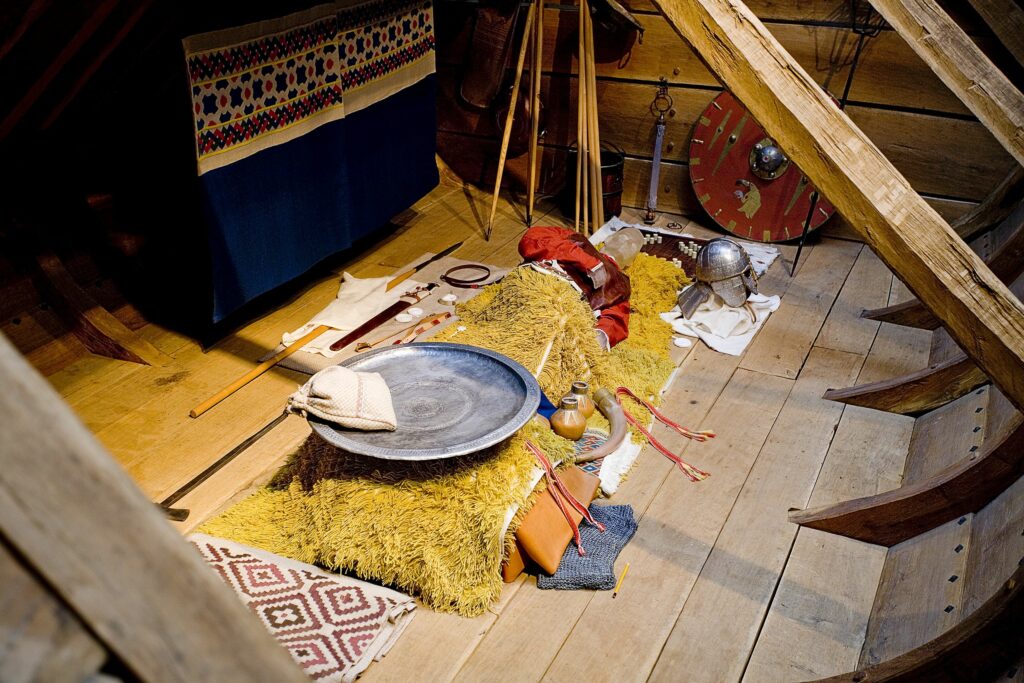A New Origin Story for England

Archaeologists examining the fifth and sixth centuries in Britain had failed to find evidence of the native Britons being driven out. The main evidence for the spread of the Anglo-Saxons had come from burials. But this new generation of archaeologists pointed out that we had been applying different preconceived ideas to the spread of peoples and culture.
In Britain, one of the ways of measuring the spread of the Anglo-Saxons across the country was from different burial practices. The Britons, being largely Christian, generally buried their dead in plain graves, with perhaps one or two personal items, but precious little else. However, the pagan Anglo-Saxons preferred to equip their dead for the afterlife, burying their dead with a full panoply of weapons, for men, and utensils, for women. The spread of these sort of burials across the country appeared to tell the story of the gradual advance of the Anglo-Saxons westward. It all seemed to make perfect sense.
But then archaeologists pointed to the change in burial practices through Germany and Scandinavia from the 8th and 12th centuries. There too, burials gradually changed from corpses fully furnished for the afterlife to spartan interments. There too there was a gradual spread, radiating east and north in this case. But in this case, no one was interpreting the change in burial customs as the result of invading Christians supplanting the native pagans. Rather, the change in burials was read as the result of the conversion of pagan Germans and Norse to Christianity.
Perhaps the change in burial practices in Britain could also be explained by a religious and cultural change rather than one lot of people being driven out and replaced by others.
We were interpreting the past in the light of what we expected to find there. A story of elite takeover and cultural change appeared to explain the archaeological facts in the ground better than the previous story of conquest, mass migration and ethnic expulsion.
This new paradigm swiftly became the dominant theory for Anglo-Saxon origins. It emphasised acculturation, cooperation outside the conflicts of the warrior elite, and general continuity through the otherwise obscure fifth and sixth centuries.
0 Comments